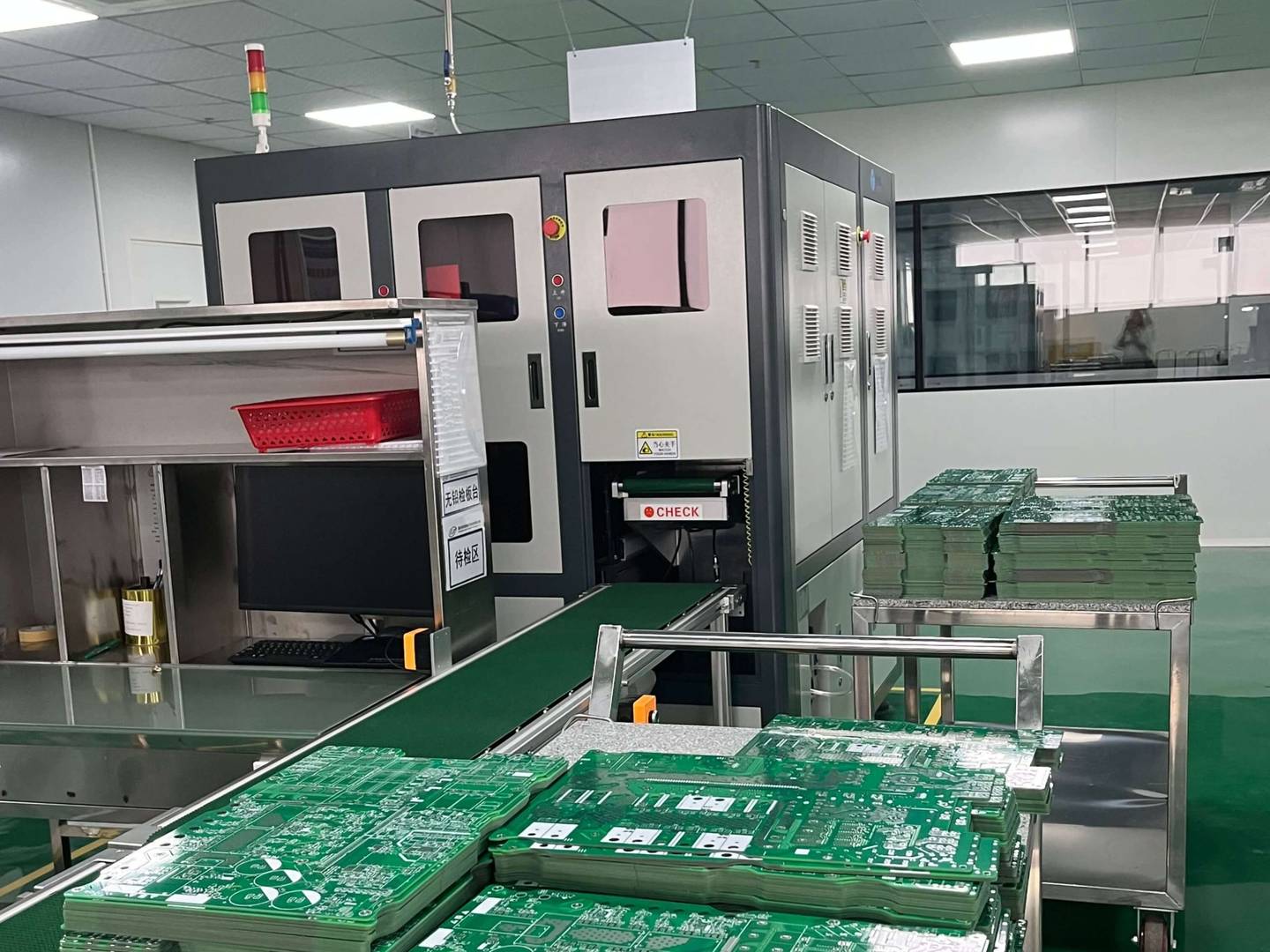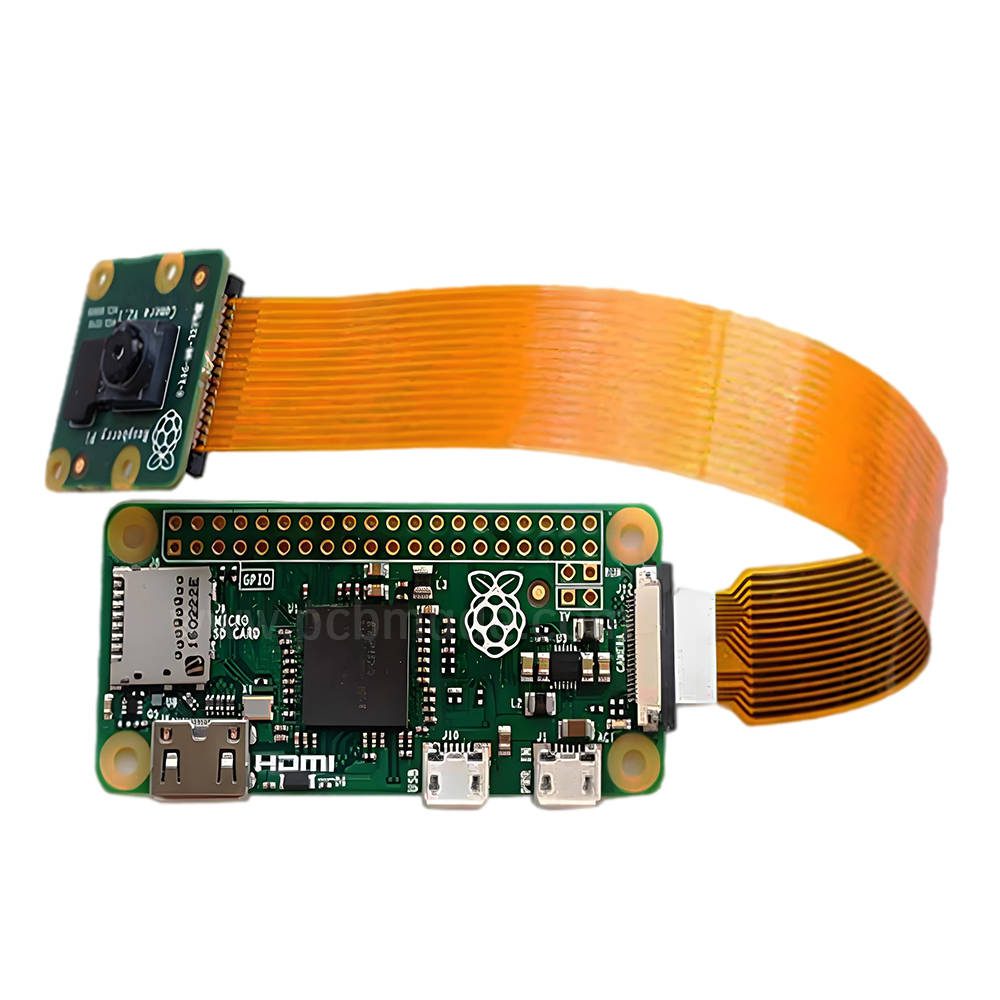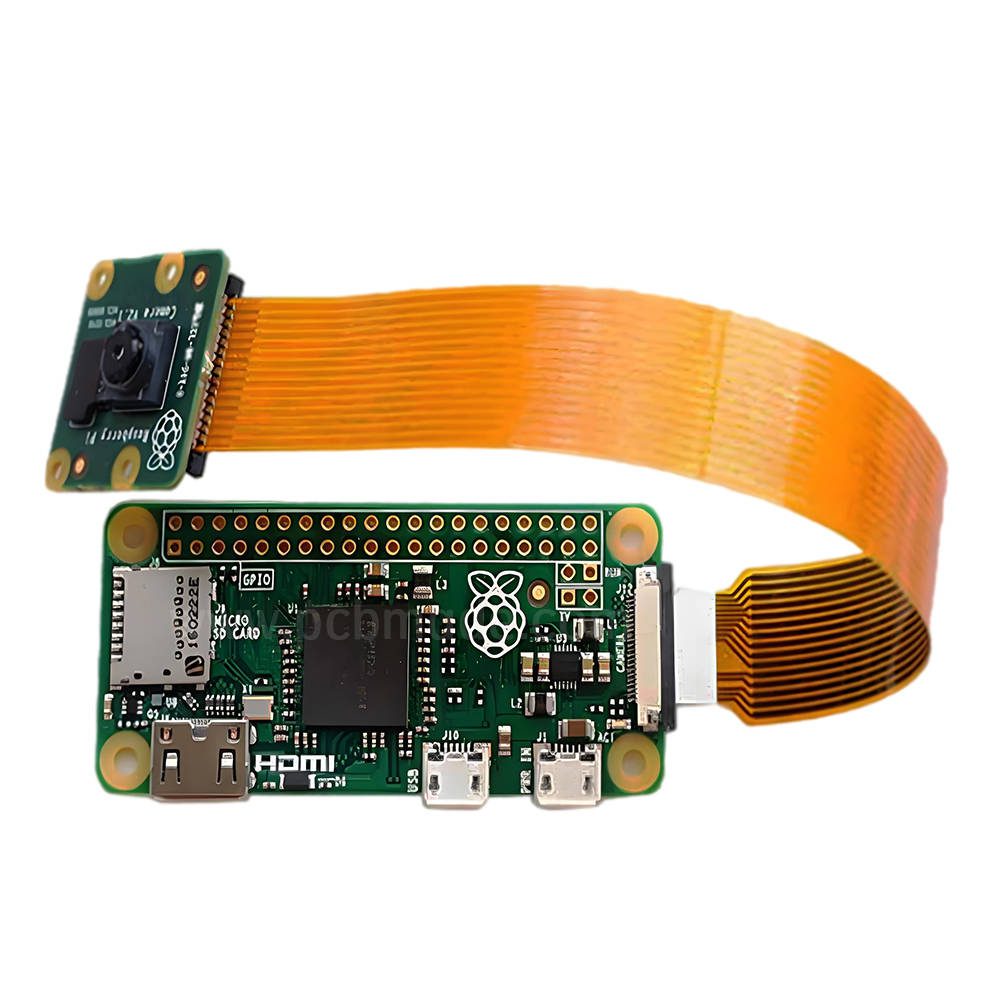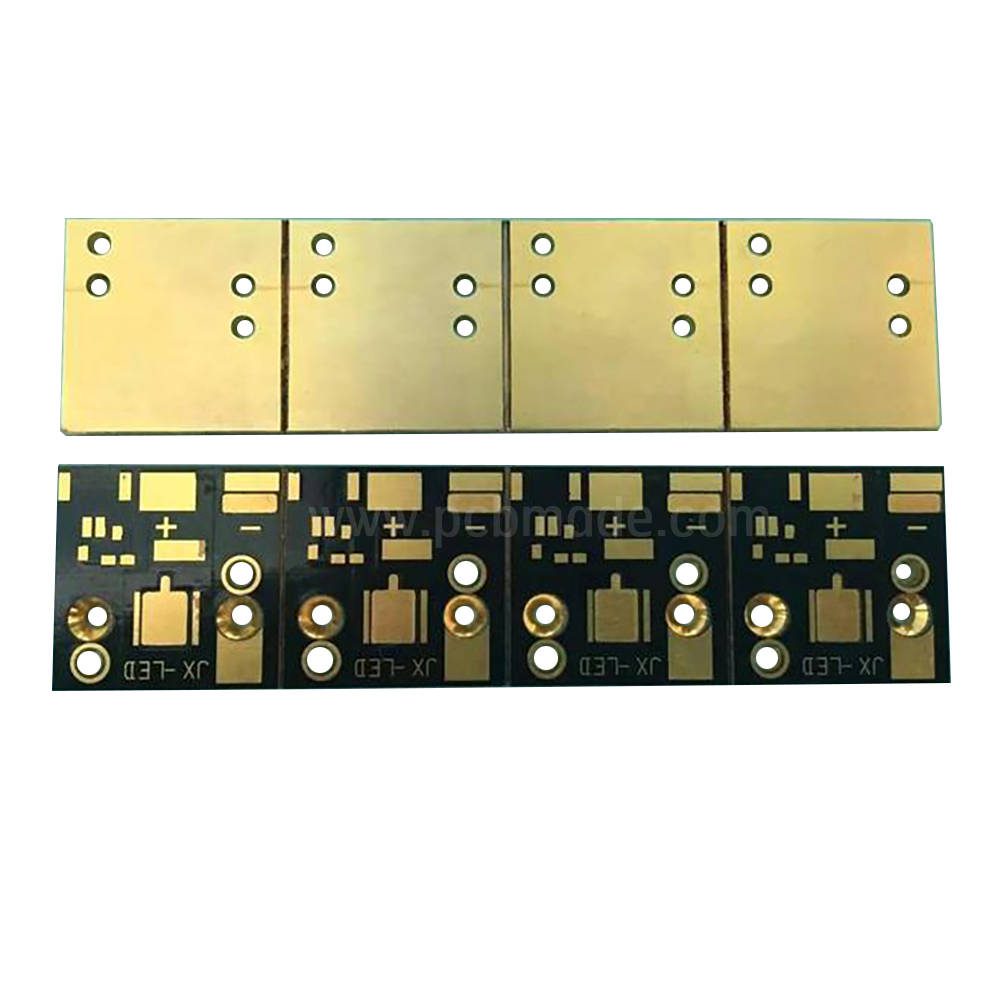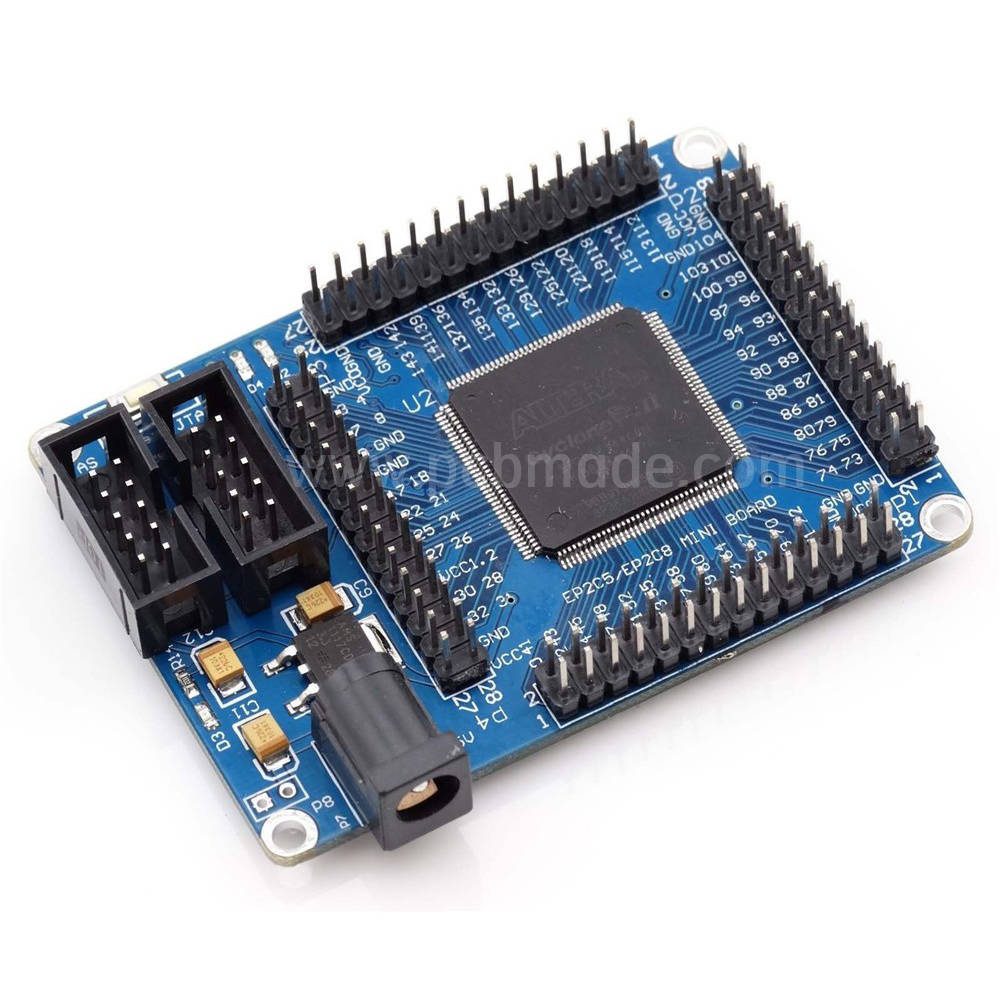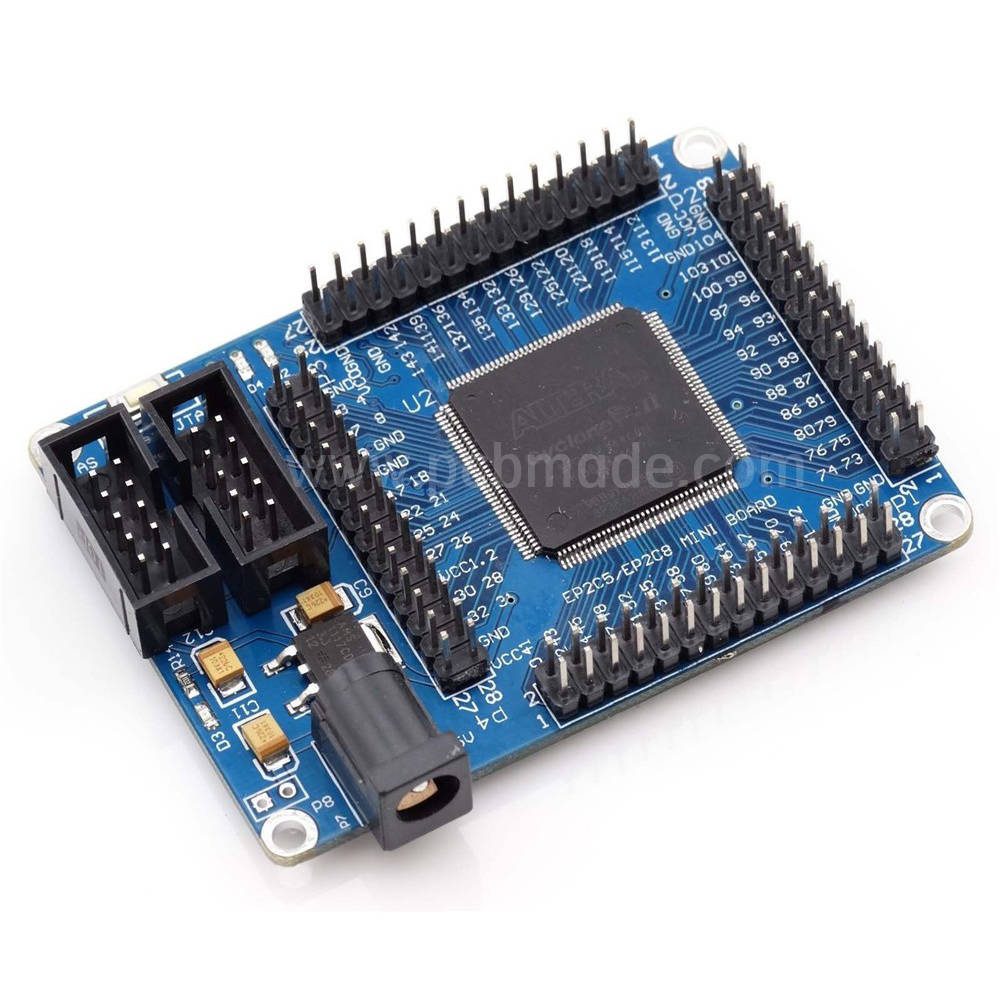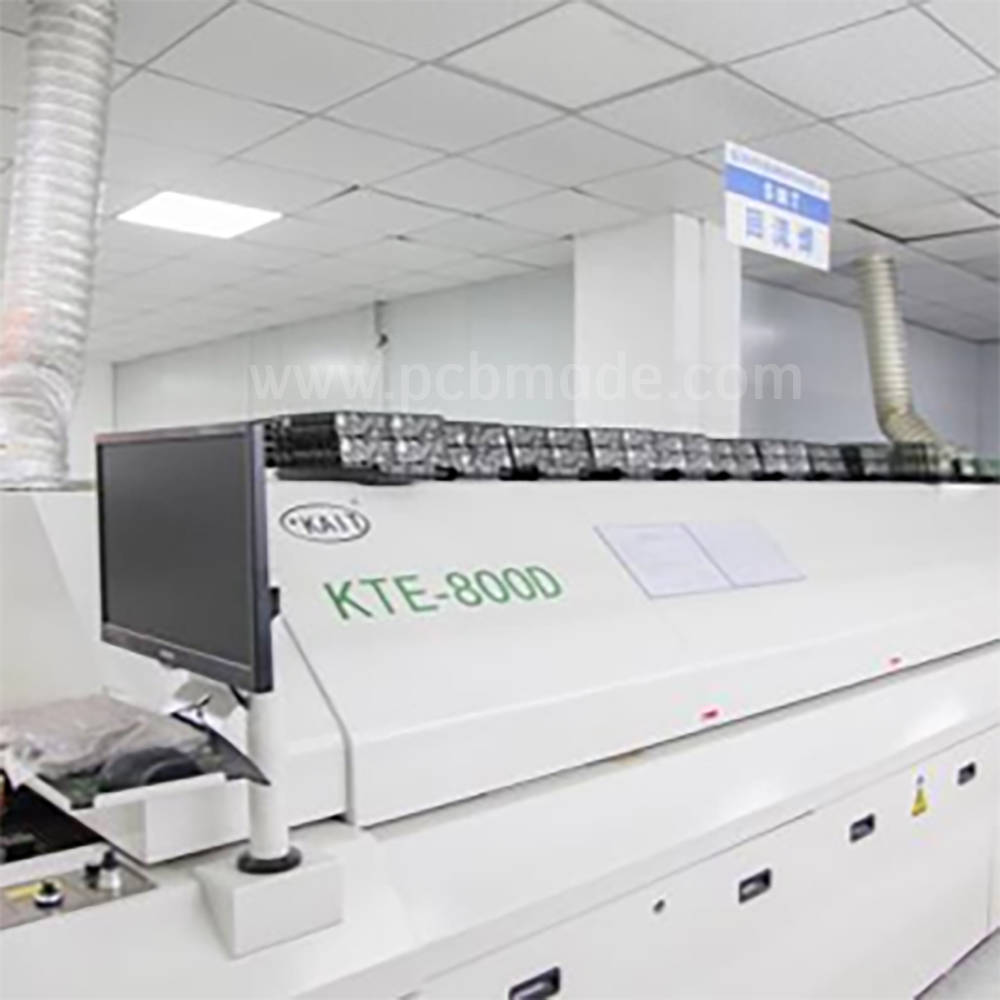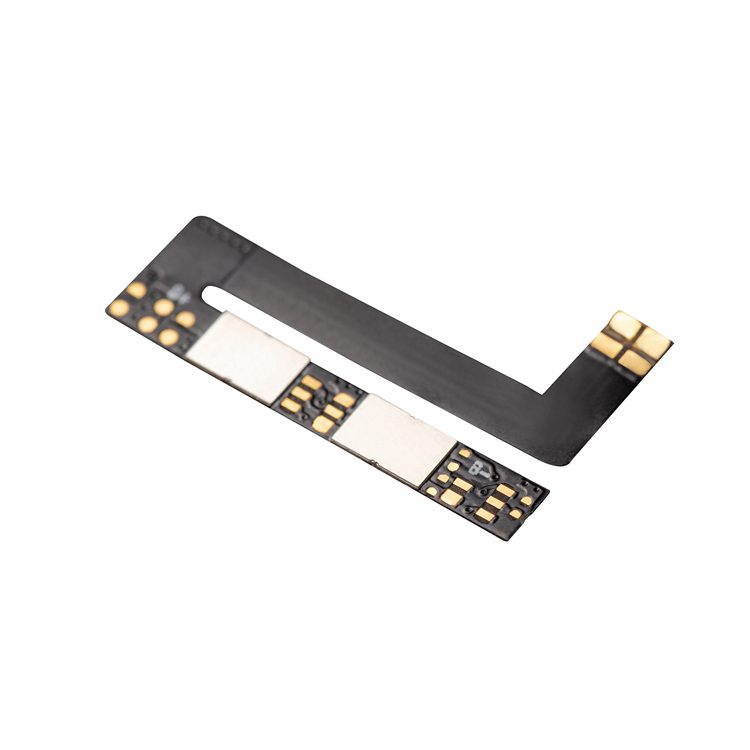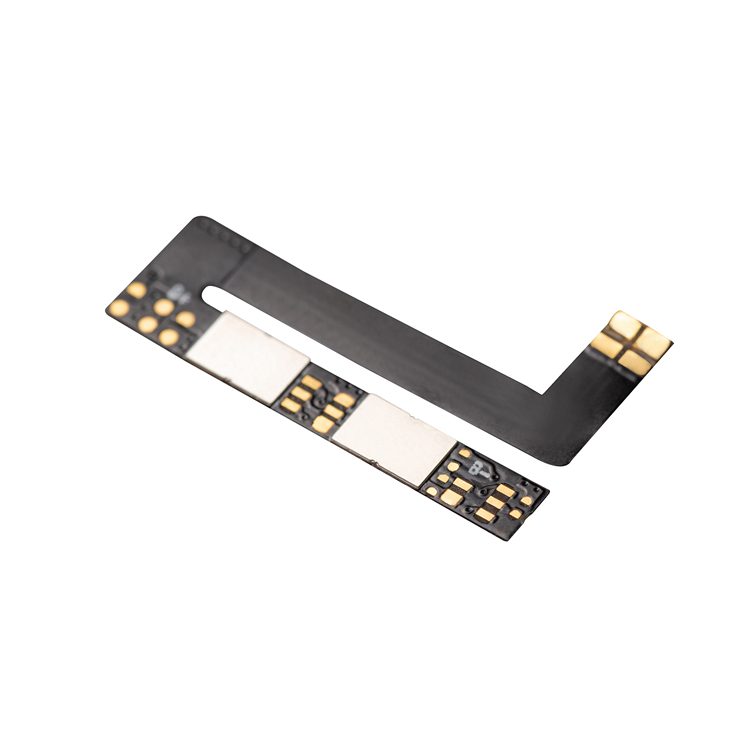Key Features & Technical Specifications
- Ultra-Thin & Flexible Design:
- 0.1mm thickness reduces battery module bulk by up to 30% compared to rigid PCBs or traditional wire harnesses, ideal for space-constrained EV battery packs
- Supports 90°–180° bending with a minimum bend radius of 0.5mm, enabling integration into curved battery casings or modular designs
- 0.1mm thickness reduces battery module bulk by up to 30% compared to rigid PCBs or traditional wire harnesses, ideal for space-constrained EV battery packs
- High-Density Interconnects:
- Dual-layer/multi-layer routing with 0.03mm/1mil trace width allows simultaneous monitoring of multiple battery cells (e.g., voltage, temperature, and state-of-charge) in high-density EV batteries
- Microvias (0.05mm/2mil) andblind/buried vias enable compact layouts for integrated components like embedded fuses and connectors
- Dual-layer/multi-layer routing with 0.03mm/1mil trace width allows simultaneous monitoring of multiple battery cells (e.g., voltage, temperature, and state-of-charge) in high-density EV batteries
- Signal Integrity & Performance:
- Controlled impedance (100Ω–1GHz) ensures stable transmission of critical battery data (e.g., CAN bus communication, fast-charging protocols)
- EMI shielding and low crosstalk design minimize interference in high-noise EV environments
- Controlled impedance (100Ω–1GHz) ensures stable transmission of critical battery data (e.g., CAN bus communication, fast-charging protocols)
- Thermal Management & Safety:
- Integrated thermal sensors (NTC/PTC) and phase change materials (PCMs) enable real-time temperature monitoring and active cooling for battery thermal stability
- IP67/IP68 certification and conformal coating protect against moisture, dust, and extreme temperatures (-40°C to 125°C)
- Integrated thermal sensors (NTC/PTC) and phase change materials (PCMs) enable real-time temperature monitoring and active cooling for battery thermal stability
- Manufacturing & Cost Efficiency:
- Automated optical inspection (AOI) and laser drilling ensure precision in via alignment and defect-free production
- RoHS/REACH compliance and halogen-free materials meet global sustainability standards while reducing assembly costs by 40% vs. traditional wire harnesses
- Automated optical inspection (AOI) and laser drilling ensure precision in via alignment and defect-free production
Applications
- Electric Vehicles (EVs):
- Battery Management System (BMS) for monitoring and balancing cell voltages and temperatures
- High-voltage battery pack interconnects for EVs (e.g., Tesla,比亚迪,宁德时代)
- Battery Management System (BMS) for monitoring and balancing cell voltages and temperatures
- Consumer Electronics:
- Power banks, portable batteries, and wearable devices with compact, flexible charging solutions
- Power banks, portable batteries, and wearable devices with compact, flexible charging solutions
- Industrial & Energy Storage:
- Large-scale energy storage systems (ESS) for solar/wind power installations
- Backup power solutions for industrial machinery with high-reliability requirements
- Large-scale energy storage systems (ESS) for solar/wind power installations
Advantages Over Rigid PCBs & Wire Harnesses
- Space Optimization:
- Replaces bulky wire harnesses, saving 30–50% in battery module volume and weight
- Enables 3D conformal packaging for curved or uneven battery casings
- Replaces bulky wire harnesses, saving 30–50% in battery module volume and weight
- Cost Efficiency:
- Simplifies assembly with surface-mount technology (SMT) and reduces material waste by 40%
- Lowers labor costs through automated welding and placement
- Simplifies assembly with surface-mount technology (SMT) and reduces material waste by 40%
- Design Flexibility:
- Supports dynamic interfaces for expandable battery systems or modular upgrades
- Integrates multiple functions (sensing, communication, power distribution) into a single component
- Supports dynamic interfaces for expandable battery systems or modular upgrades
- Long-Term Reliability:
- Tested for 10+ years under AEC-Q101 automotive-grade standards and IPC-6012 Class 3 durability


